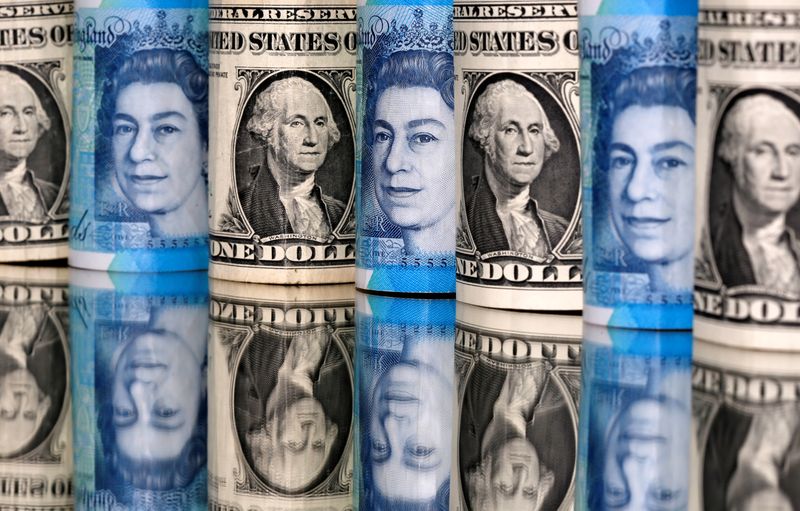Written by Yuruk Bahceli
AMSTERDAM (Reuters) – The Swiss franc fell to its lowest level in nearly seven months against the euro on Monday, with continued focus on the Brexit agreement, while the dollar fell after US President Donald Trump signed an aid bill on the emerging coronavirus. (Covid-19), avoiding the government shut down.
The Swiss franc fell 0.3 percent to 1.08860 against the euro, its lowest level since June 8. It was unchanged against the US dollar at 88.835 cents at 0903 GMT.
„What we’re seeing is a continuation of pricing due to the risks of Brexit,“ said Ulrich Luchtmann, head of forex research at Commerzbank (DE 🙂 in Frankfurt.
„I think that a lot of market participants saw an alternative to the euro (which) would have been affected more by Brexit,“ he said. He added that investors are likely to close such centers in the following sessions.
The euro was up 0.1% at $ 1.22370, near the two-and-a-half year high of $ 1.2273 it touched this month.
In the United States, Trump signed a $ 2.3 trillion bill to aid the pandemic and the spending package, to avoid a partial federal government shutdown that was to begin Tuesday.
The dollar fell 0.3 percent against a basket of currencies, to 90.031, the lowest level in a week.
The boost in risk appetite also hurt the safe-haven government bonds, as the 10-year US Treasury yield rose 2 basis points at 0.95% … the German 10-year benchmark yield was unchanged at -0.55%.
Meanwhile, the British pound rose 0.1% against the US dollar to $ 1.3551, and continued to maintain the $ 1.3625 level it hit earlier this month for the first time since May 2018.
It approached that level on Thursday, when Britain and the European Union announced the trade deal.
The pound slipped 0.5% against the euro to 90.280 pence.
„Markets are likely to wait until next week before buying (the British pound) again, fearing massive bottlenecks in the English Channel as the new rules come into effect,“ Jeffrey Haley, chief market analyst at OANDA, told clients.
While the deal came as a relief to investors, the abstract nature of the deal is making Britain more detached from the European Union, analysts say, suggesting any subsequent gains will be modest and that the discount that has held back British assets since 2016 will not fade away. So.
Brussels has yet to make any decision on whether to grant Britain access to the bloc’s financial market.
Mitsuo Imizumi, chief foreign exchange strategist at Daiwa Securities in Tokyo, expects the pound and the euro to decline against the dollar, reaching $ 1.30 and $ 1.15 respectively by the end of the summer.
The Australian dollar, a trade sensitive currency, rose to 76,110 US cents, to a two-and-a-half year high of 76,390 reached this month.
Southern European 10-year bond yields – considered riskier due to its lower credit ratings – fell by 2-3 basis points.
The yuan rose after the Chinese central bank raised its official guidance level to a 30-month high, to 6.5280 against the dollar in the domestic market, but was unchanged at 6.5408.
The last drop was 0.3% in the overseas market at 6.5311.
The yen rose slightly against the dollar, advancing 0.1% to 103.455. .
Policymakers at the BoJ have been divided over how far they should go in examining the yield curve control, with some calling for a comprehensive review of the framework, a summary of the views expressed in the December rate review showed on Monday.

„Total Social Media Ninja. Introvertiert. Schöpfer. TV-Fan. Preisgekrönter Unternehmer. Web-Nerd. Zertifizierter Leser.“

